PART 2 - FROM AUGUST 13 TO THE END OF THE MONTH.
In a time before accurate weather forecasting, cleared forest roads, technical climbing gear and trail maps these brave individuals driven by something deep within set out to climb some of the most iconic peaks in the country. August just happened to be the most popular time for many. We went through years of history, news clippings, lengthy articles, and contentious claims to bring you these unique stories.
We fully acknowledge that these are the documented first ascents by europeans and many of these peaks were explored and possibly summited by the native people living in around these majestic peaks for thousands of years.
With that respect and understanding, let's dig in to what has been documented starting in mid August and progressing through the month.


PART 2 - FROM AUGUST 13 TO THE END OF THE MONTH.
In a time before accurate weather forecasting, cleared forest roads, technical climbing gear and trail maps these brave individuals driven by something deep within set out to climb some of the most iconic peaks in the country. August just happened to be the most popular time for many. We went through years of history, news clippings, lengthy articles, and contentious claims to bring you these unique stories.
We fully acknowledge that these are the documented first ascents by europeans and many of these peaks were explored and possibly summited by the native people living in around these majestic peaks for thousands of years.
With that respect and understanding, let's dig in to what has been documented starting in mid August and progressing through the month.
KATAHDIN
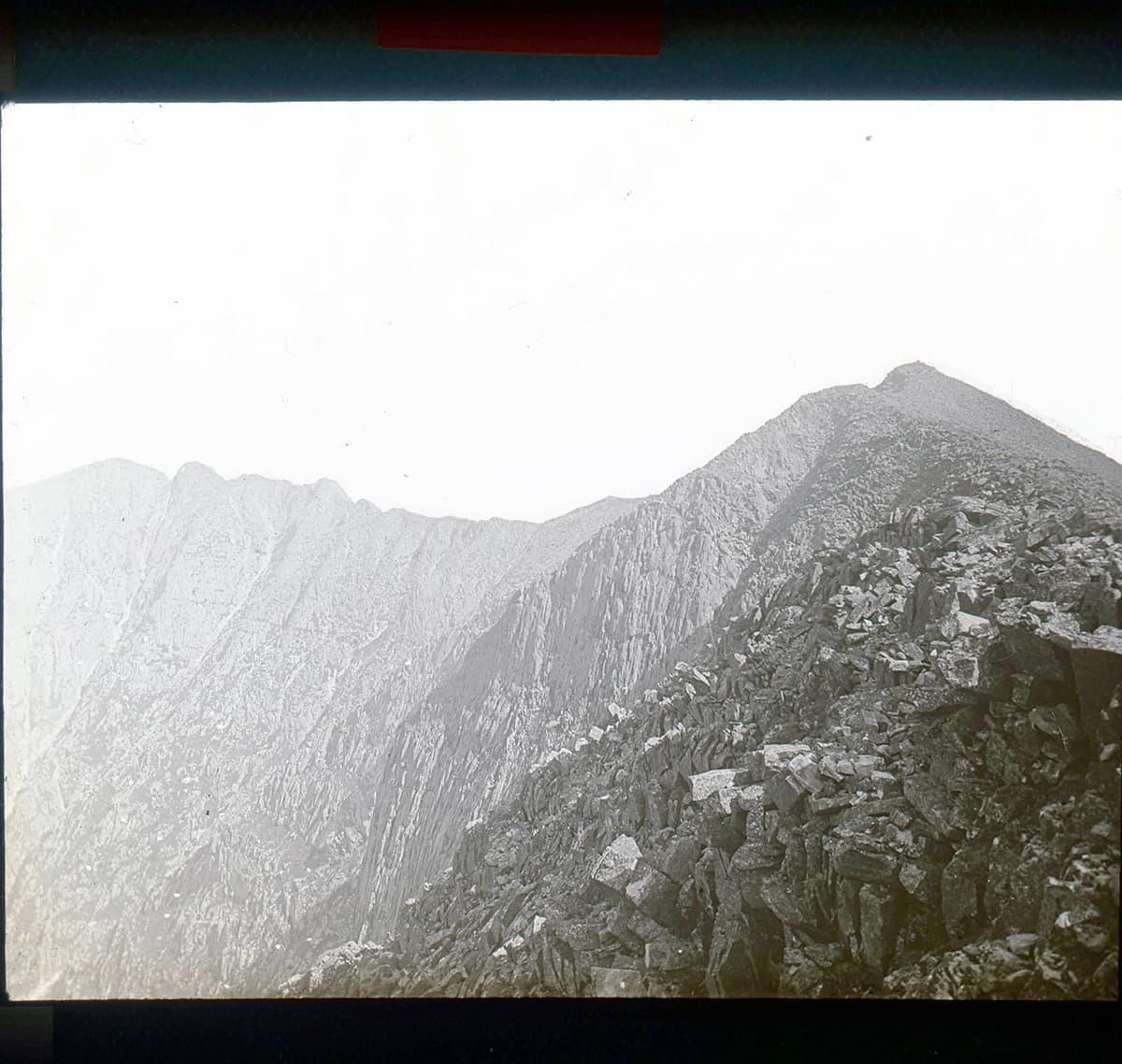
AUGUST 13, 1846
The first documented ascent of Mount Katahdin in Maine can be traced back to the mid-19th century. On August 13, 1846, Charles Turner, a geologist and topographer, along with his team, achieved the historic feat. Armed with rudimentary equipment and a sense of adventure, they embarked on a challenging expedition to reach the summit of this majestic peak.
COURTESY OF AMC :
Katahdin’s deeply rich history begins with the Penobscot Indians. The Penobscots, noting the incredible altitude of the mountain, named it “Katahdin,” which translates to “The Greatest Mountain.”
The Penobscots believed that an evil spirit called Pamola resided there. Pamola, which translates to “he who curses the mountain,” is frequently depicted as a gigantic bird-like creature with the head of a moose and is associated with snow, cold weather, and storms. The Penobscots believed that if they summited Katahdin, they would either be killed or devoured by Pamola. Turner hired two Native American guides to lead him and his group of ten men to the foot of the mountain. The guides, fearing the spirit of Pamola, refused to go all the way to the summit and issued several warnings to Turner.
The arduous journey led them through dense forests, rugged terrain, and unpredictable weather conditions. After several days of intense effort, they successfully reached the pinnacle, marking a significant milestone in mountaineering history. Turner's detailed documentation of the ascent, including breathtaking descriptions of the surrounding landscape, remains a testament to the determination and spirit of exploration that drives mountaineers to this day. Mount Katahdin continues to captivate climbers, hikers, and nature enthusiasts, offering a glimpse of the same awe-inspiring vistas that Turner and his team beheld over a century ago.
MT. SHASTA
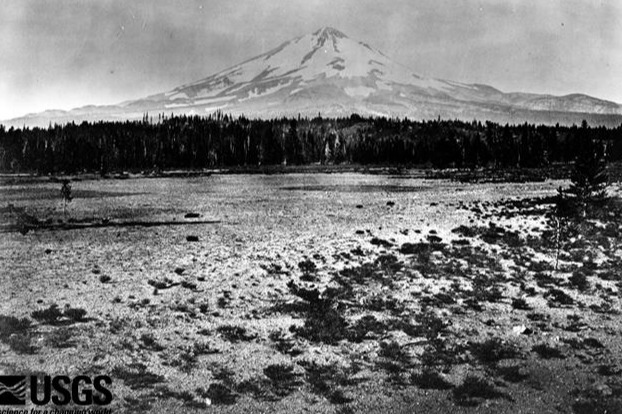
AUGUST 14, 1854
Elias Pierce of Yreka California would become the first person to reach the summit of Mount Shasta onAugust 14, 1854after several earlier failed attempts. Elias was originally from West Virginia but moved to California during the gold rush. He and a group of eight climbers left camp on the south side of the mountain that morning and navigated rough terrain.
As later described they “Were obliged in many places to climb from crag to crag as best we could. The least misstep, or the detaching of the smallest piece of rock upon which we were obliged to cling for life.” They would reach the summit at 11:30am and by 12pm they planted an American flag, had some “refreshments” and began the descent.
The first group of women to climb Mt. Shasta would led by Harriette Eddy and Mary Campbell McCloud who would reach the summit on September 16, 1856. Leaving from their camp at 6am it would take them ten hours to reach the summit at around 4pm. The group would plant a flag and leave a bible at the peak before making their way back to camp, arriving back at 10pm.
MT. BAKER
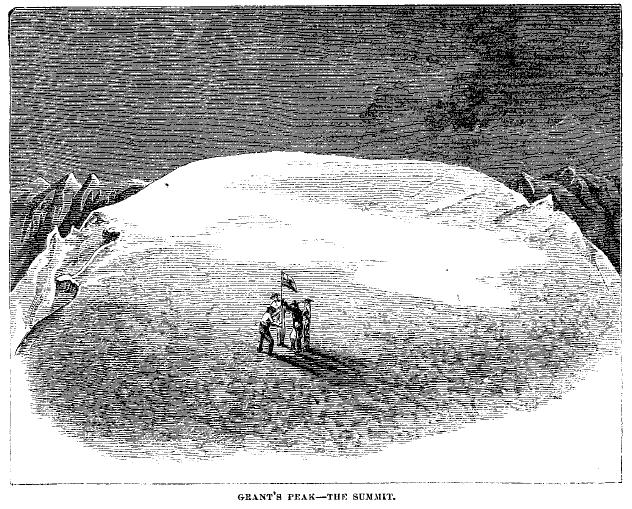
AUGUST 17, 1868
After two previous unsuccessful attempts to climb Mt. Baker to the Grant's Peak summit, Edmund Coleman would make his first successful mission on August 17, 1868. The group of five climbers would be in part guided by four members of the Lummi Reservation. The group left from Nooksack on August 7th, it would take the group 14 days to complete their mission.
They packed light and only brought canvas tents, rubber tarps, pans, ropes and wool socks. Their menu was even more basic, consisting of only tea, bread, and bacon. Leaving their final camp at 5am the morning of the August 17th they would reach the summit at 4pm to plant a flag and leave a copper plate with their names on it. Coleman would make it back home by the 22nd to telegraph this story out to the world.
"AFTER WE SANG AN APPROPRIATE PATRIOTIC SONG. WE THEN SHOOK HANDS, AND, A FLASK OF BRANDY BEING PRODUCED, THE NAMES OF ALL THOSE INTERESTED IN THE EXPEDITION WERE DULY HONORED."
- COLEMAN
MT. RAINIER
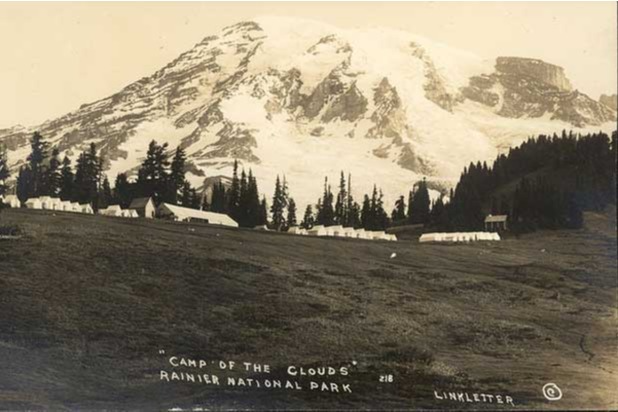
AUGUST 17, 1870
On August 17, 1870 Philemon Beecher Van Trump and Hazard Stevens would become the first documented party to reach the summit of Tahoma, know today as Mt. Rainier. He was led part of the way by a Native American guide and hunter, Sluiskin. They set up camp at what is today known asSluiskin Fallsthe day before making their daring climb. After hiking for 11 hours the group reached the summit at 5pm. Unprepared for a multi day trip, they were was forced to spend the night on top of the mountain, luckily the team of climbers located a small cavern from which jets of hot steam and smoke could be seen.
As they thought they would complete the round trip in one day they did not bring extra food or blankets. They survived by spending the night in the warmth of the cave. They left a brass plate containing their names on the summit and began their descent. Van Trump would suffer a minor injury during the descent after falling on sharp rocks but would ultimately return safely to camp.
Van Trump would make three more trips to the summit during his life. He would guide John Muir, the founder of the Sierra Clubon a trip to the summit in 1888. They would go on to work together in advocating for the national park status of Mount Rainier which came to be in 1899. The Van Trump Park, Creek, and Glacier on Mount Rainier are all named after him.
MT. HOOD
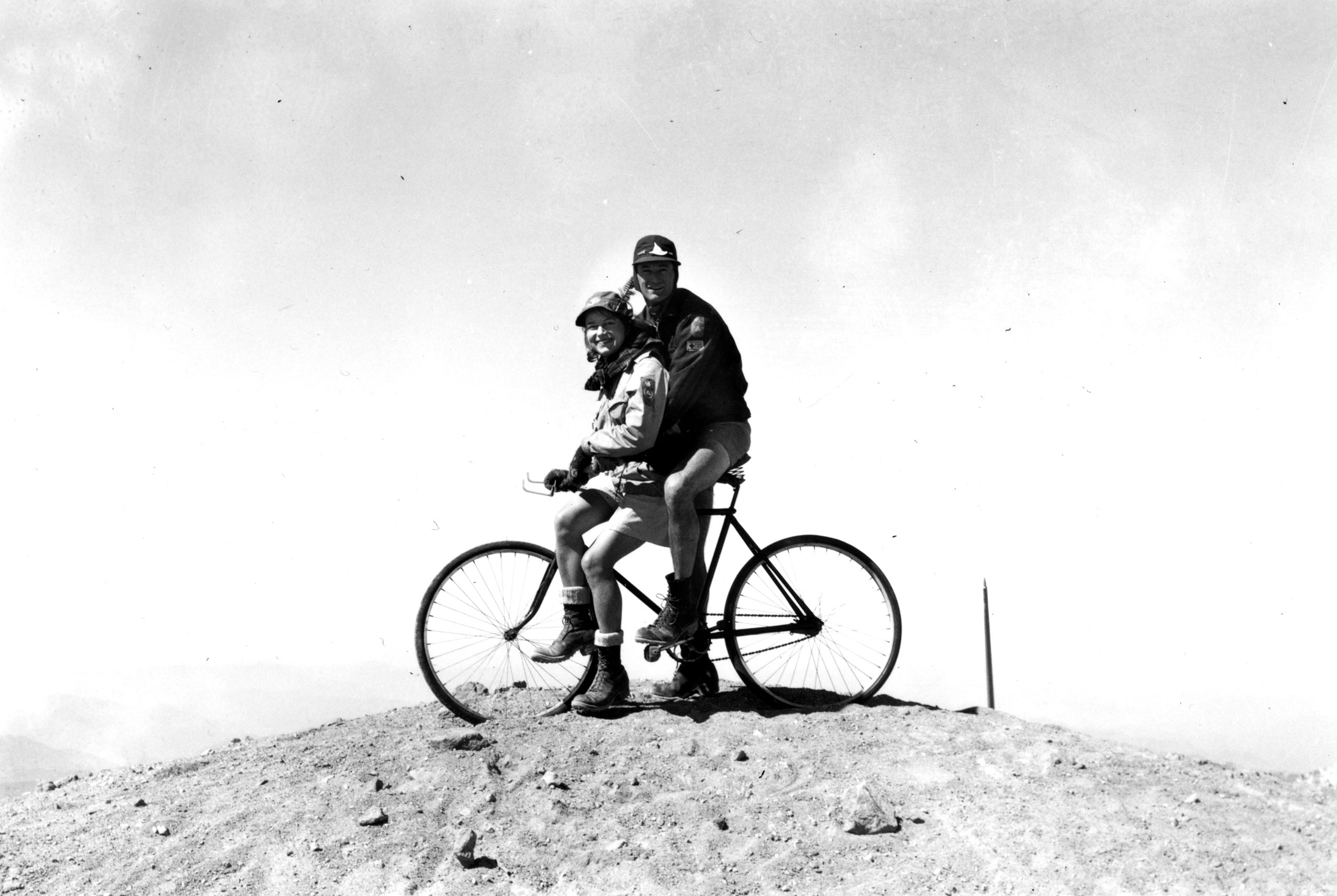
AUGUST 17, 1947
Mazamas Ty Kearney and Marianne Sinclair set out to be the first to ride a bike on top of Mt Hood. Joined by nine friends they carried a disassembled bicycle to the summit of Mt. Hood. They reassembled the bike at the top and took it for a ride! It may not have worked out as well as they planned but did make for quite the story.
Photo Credit: Mazama Library & HIstorical Collections, Kearney Collection
LONGS PEAK
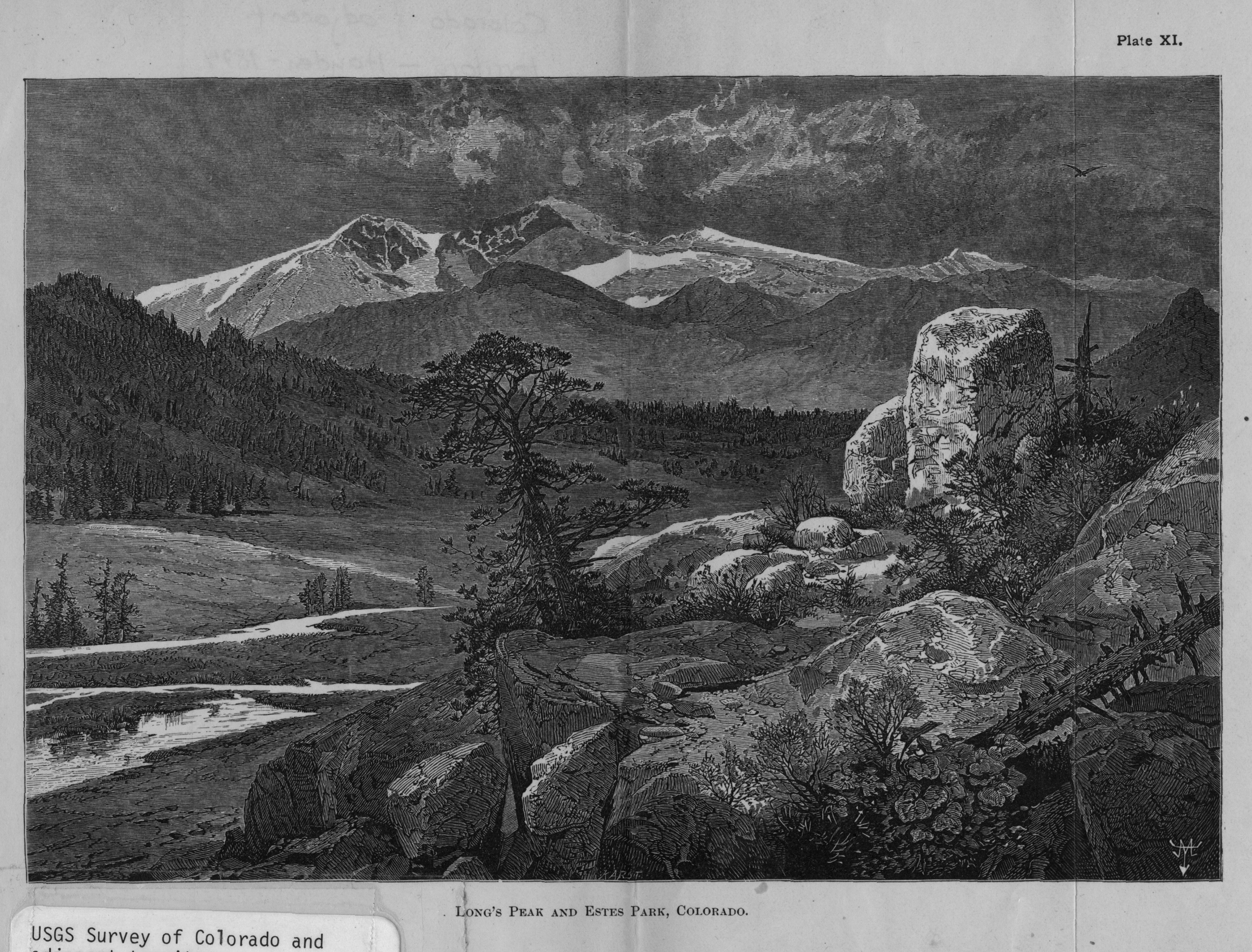
AUGUST 23, 1868
The first recorded ascent of Longs Peak in Colorado was accomplished by John Wesley Powell on August 23, 1868. He would reach the summit accompanied by six other men. The group climbed to the summit via the south side. On the day of the summit they started at around 6 o’clock and would reach the summit by ten o’clock. The team would leave a flag atop the mountain and make their way safely down the mountain and returned home the following day. The expedition took five days in total.
MAROON PEAK
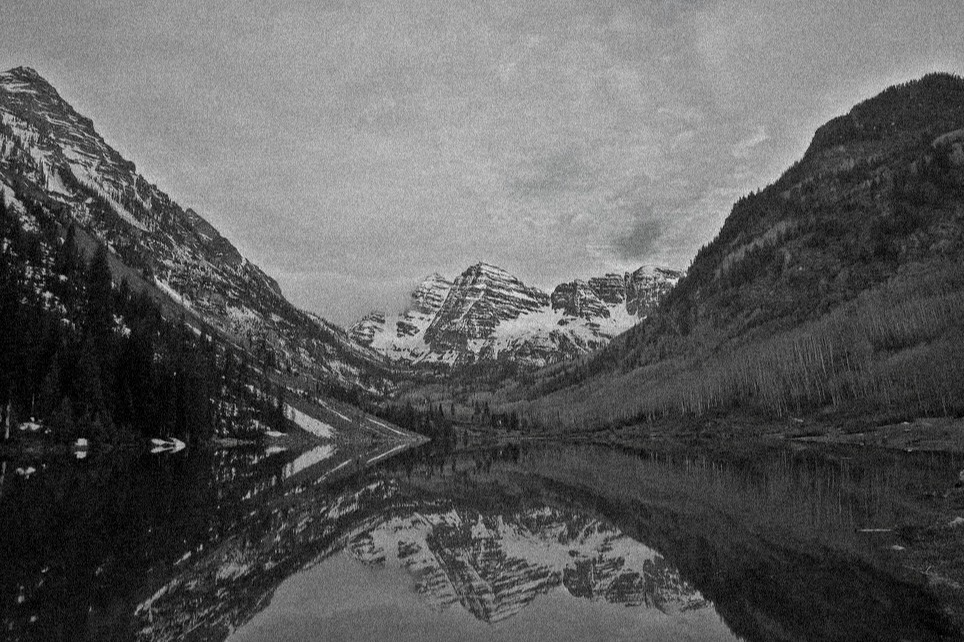
AUGUST 25, 1908
The first recorded ascent of Maroon Peak was completed by Percy Hagerman on August 25, 1908. He rode a horse for the first three and a half miles up Maroon Pass trail and then to the summit by foot via the southwest face. It would take him eleven hours to complete the round trip. He would go on to become a distinguished artist and serve as president of the Fine Arts Center Board. Both Hagerman Peak and Pass are named after him.
MT. HOOD
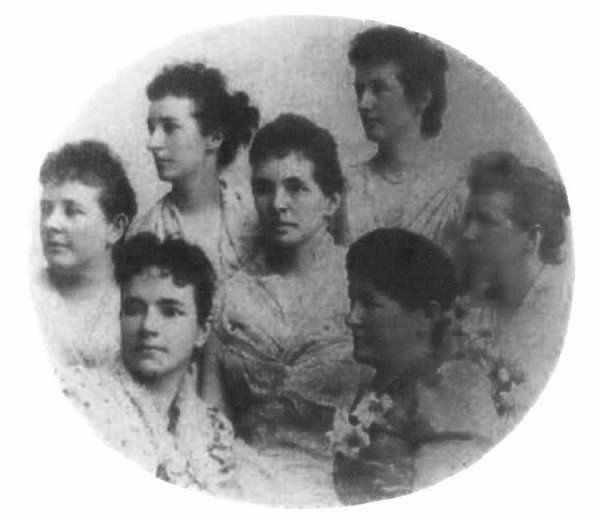
AUGUST 26, 1867
Fannie Case from and Mary Robinson would become the first women to reach the summit of Mt. Hood on August 26, 1867. They would be accompanied by David Powell and John Garrison. An article of their story would appear in The Oregonian years later.
Case daughters, Fannie Case far right, 1870
MOUNT SAINT HELENS
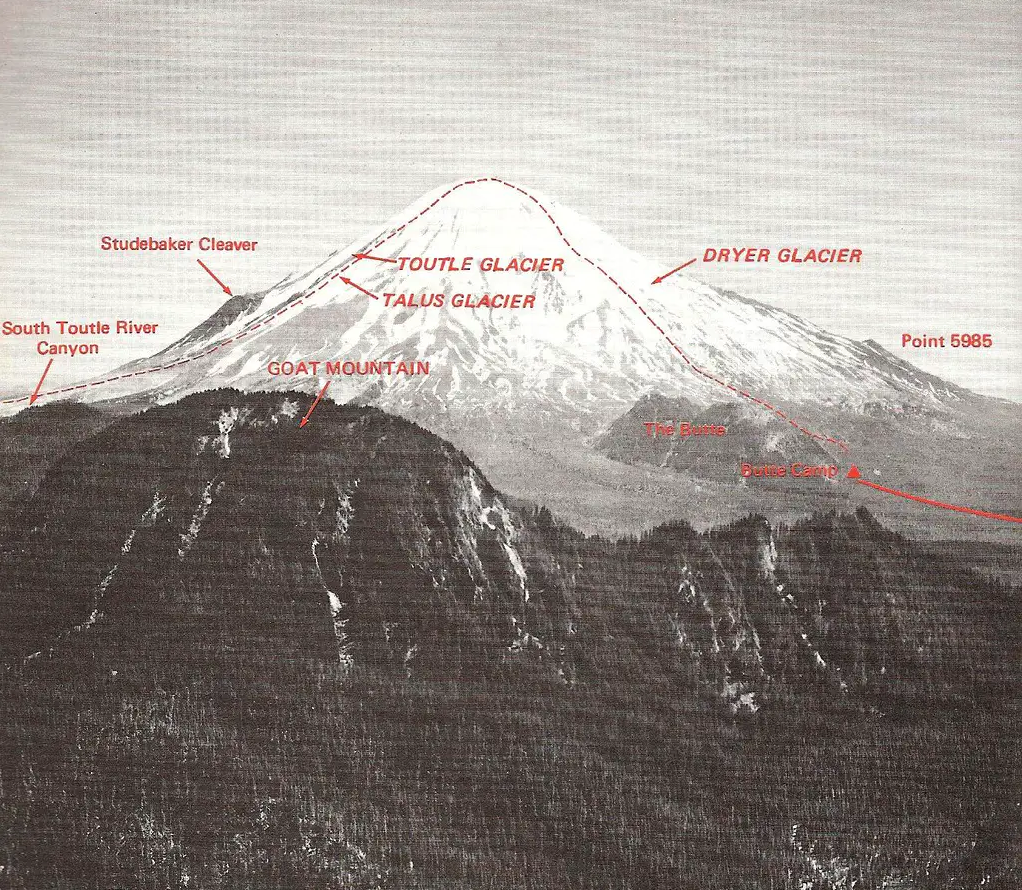
AUGUST 26, 1867
On August 26, 1853 the Oregonian editor Thomas J. Dryer would become the first documented person to summit Mount St. Helens along with three others. The same Dryer who would later be disputed about his claim to have first reached the summit of Mt. Hood. The group would ascend up the south side on the 25th and make camp for the night. They would reach the summit the next afternoon, which was 1,300 feet higher than it is today. Upon reaching the summit Dryer observed how “The smoke was continually issuing from its mouth, giving unmistakable evidence that the fire was not extinguished”. AN observation that would prove true on May 18, 1980. The group would build a pyramid of loose stones and then safely return to camp at 4pm. It would take them four more days to reach home. The Dryer Glacier is now named in his honor.
Climbing routes, before the 1980 eruption
GRAND TETON
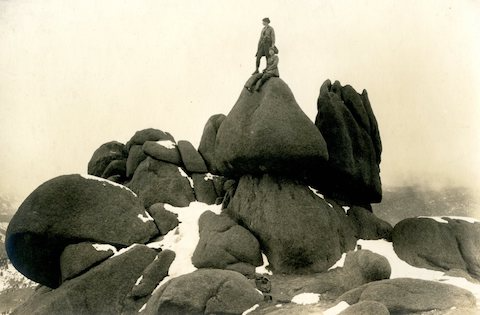
AUGUST 27, 1923
Eleanor Davis of Colorado would become the first woman to reach the summit accompanied by Albert Ellingwood. As if that wasn't enough, they would make another first recorded climb two days later summiting the South Teton. Eleanor would also be credited for making the first ascent of Crestone Needles in 1916.
Eleanor Davis (seated) at Sentinel Rocks
Go back to dig into the first ascents of August that happened before August 13th.
Your cart is currently empty.